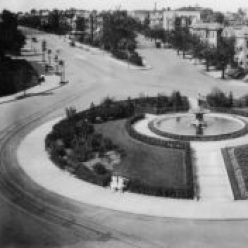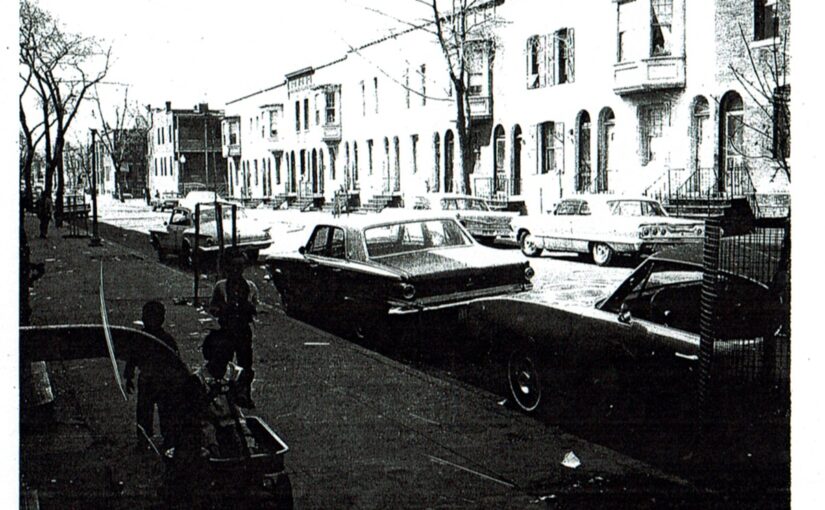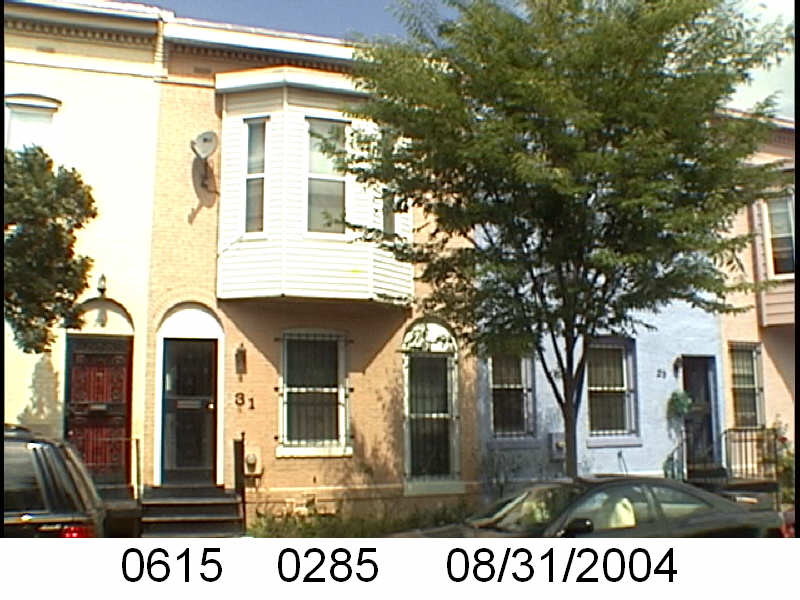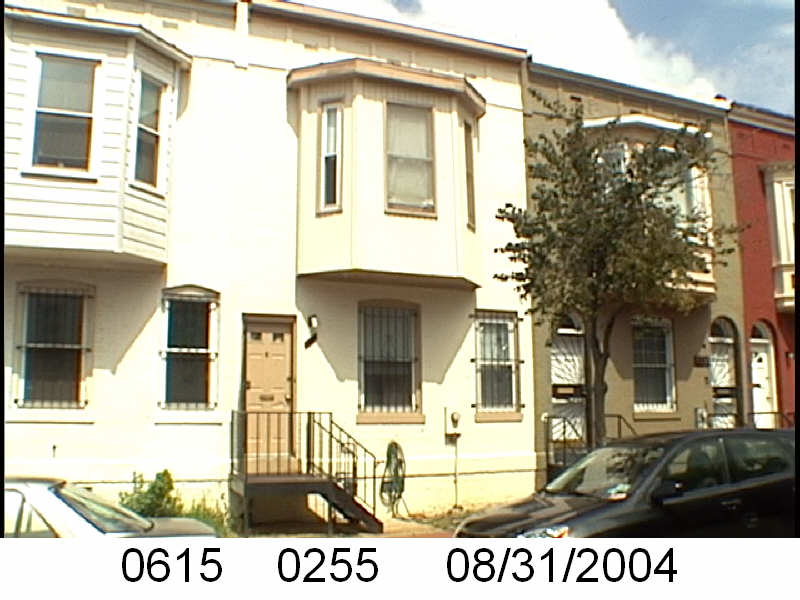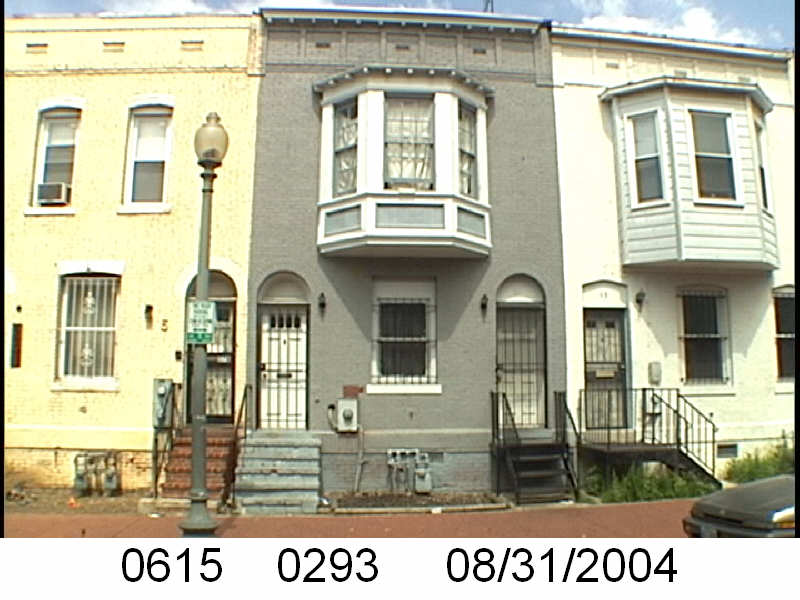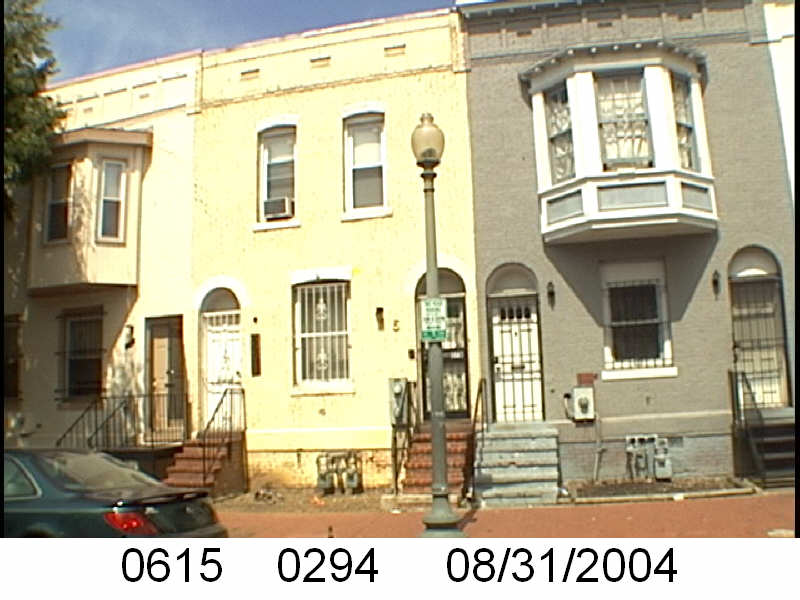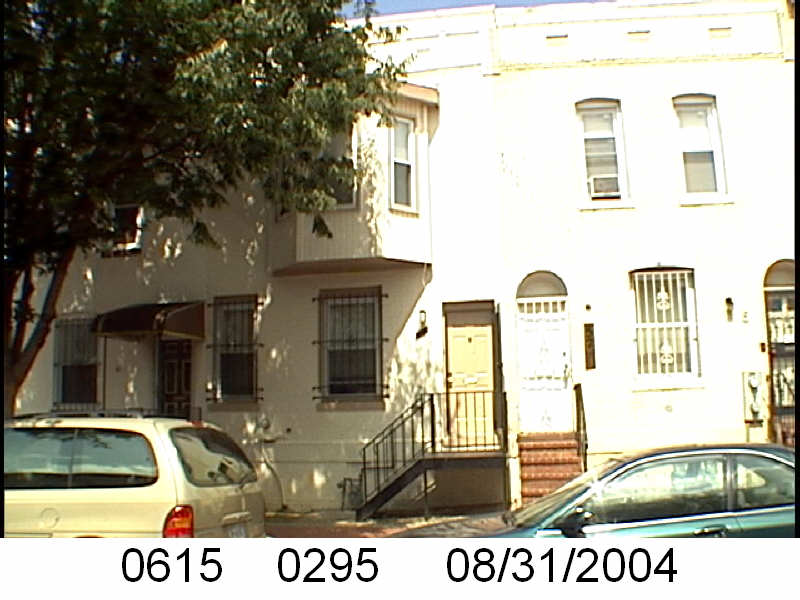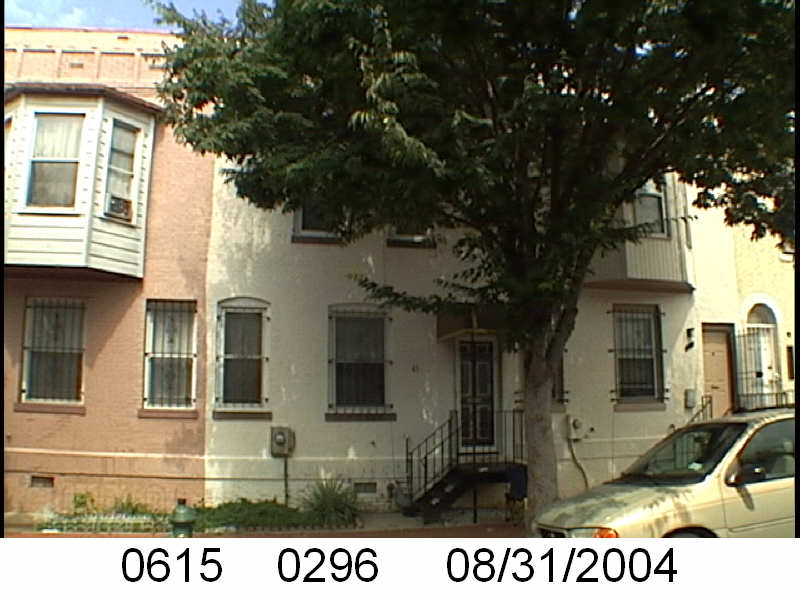The Washington Sanitary Improvement Company (WSIC) was a late 19th century charitable capitalism experiment that ended in the 1950s. This blog started looking at the homes that were supposed to be sold to African American home buyers, after decades of mainly renting to white tenants.
Looking at WSIC properties they tend to have a pattern where the properties were sold to a three business partners, Nathaniel J. Taube, Nathan Levin and James B. Evans as the Colonial Investment Co. for $3 million dollars. Those partners sold to African American buyers. There was usually a foreclosure. In 1956 Nathan Levin died and Colonial Inv. Co. vice president Harry A. Badt took his place in the foreclosure paperwork. Then the property wound up in the hands of George Basiliko and or the DC Redevelopment Land Agency (RLA). Then there were the odd lucky ones who managed to avoid that fate.
Let’s see what happens with 21 Bates St NW:
- December 1950 (recorded Feb 1951) Evans, Levin and Taube sold one-half of 21 Bates NW to Maggie Smith (not the Harry Potter actress).
- December 1950 the widow Maggie Smith borrowed $1,900 from Colonial Investment Co. mortgage arm trustees Abraham H. Levin and Robert G. Weightman.
- December 1950 (recorded Feb 1951) Evans, Levin, and Taube sold the other half of 21 Bates St NW to Daniel B. and Nell Whitfield.
- Dec 1950 the Whitfields borrowed $1,900 from trustees Abraham H. Levin and Robert G. Weightman.
- December 1965 Mrs. Smith paid off her mortgage owning her half free and clear.
- October 1969 the Whitfields were released from their mortgage.
- February 1970 the Whitfields had divorced and two documents transferred the property to Nell Manns (formerly Whitfield).
- February 1971 Roy B. and Nell Manns received financing for a gas fired free standing heater from the Washington Gas & Light Company.
- January 1973 Daniel Whitfield sold his interest in 21 Bates to the DC Redevelopment Land Agency.
- January 1973 the Manns and Mrs. Smith sold their home to the DC Redevelopment Land Agency (RLA).
- March 1971 the Manns were released from the Washington Gas financing deal.
- June 1980 the DC RLA (doc #8000020294) transferred many properties, including 21 Bates, to the BSA Limited Partnership (Bates Street Associates). There is an associated contract (doc 8000020221, looks complete) stating BSA’s responsibilities.
One day I should explore that contract.
This was a decent history. No foreclosures. No slum lord, that I know of. However, they did sell to DC RLA who then transferred it to BSA.
